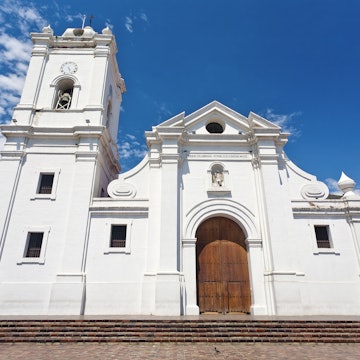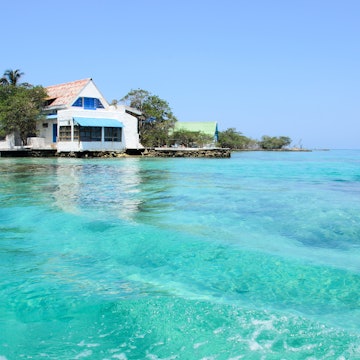

Getty Images/iStockphoto
Overview
Sun soaked and rich in culture, Colombia's dramatic Caribbean coastline is its dazzling crown, capping the country with myriad ecosystems, from the dense jungles of the Darién Gap on the border with Panama to the hauntingly atmospheric desert of La Guajira near Venezuela.
Leave the planning to a local expert
Experience the real Caribbean Coast. Let a local expert handle the planning for you.
Must-see attractions
Get a book. Get inspired. Get exploring.
in partnership with getyourguide






















